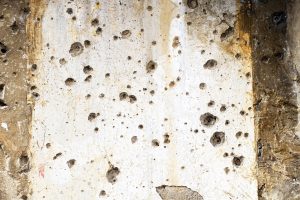If you have galvanized pipes in your home, you probably know they need to be routinely inspected. These pipes are notorious for rusting and leaking water as they age, making many homeowners replace them with pipes made from newer, more modern materials. If you wonder if galvanized pipes are covered by homeowners insurance, we can help you. We researched the language of homeowners insurance policies from multiple professional sources, so you'll know for sure what is covered.
The vast majority of homeowners insurance policies will not cover galvanized pipes. This includes replacing the piping and any damage caused by leaks from this type of material.
Now that we know that most insurance companies will not cover leakage from galvanized pipes, we'll look at why. You might also wonder what the life expectancy is for galvanized pipe or if galvanized piping should be replaced. For the answers to these questions and more, read ahead in this post to see what our research has uncovered.
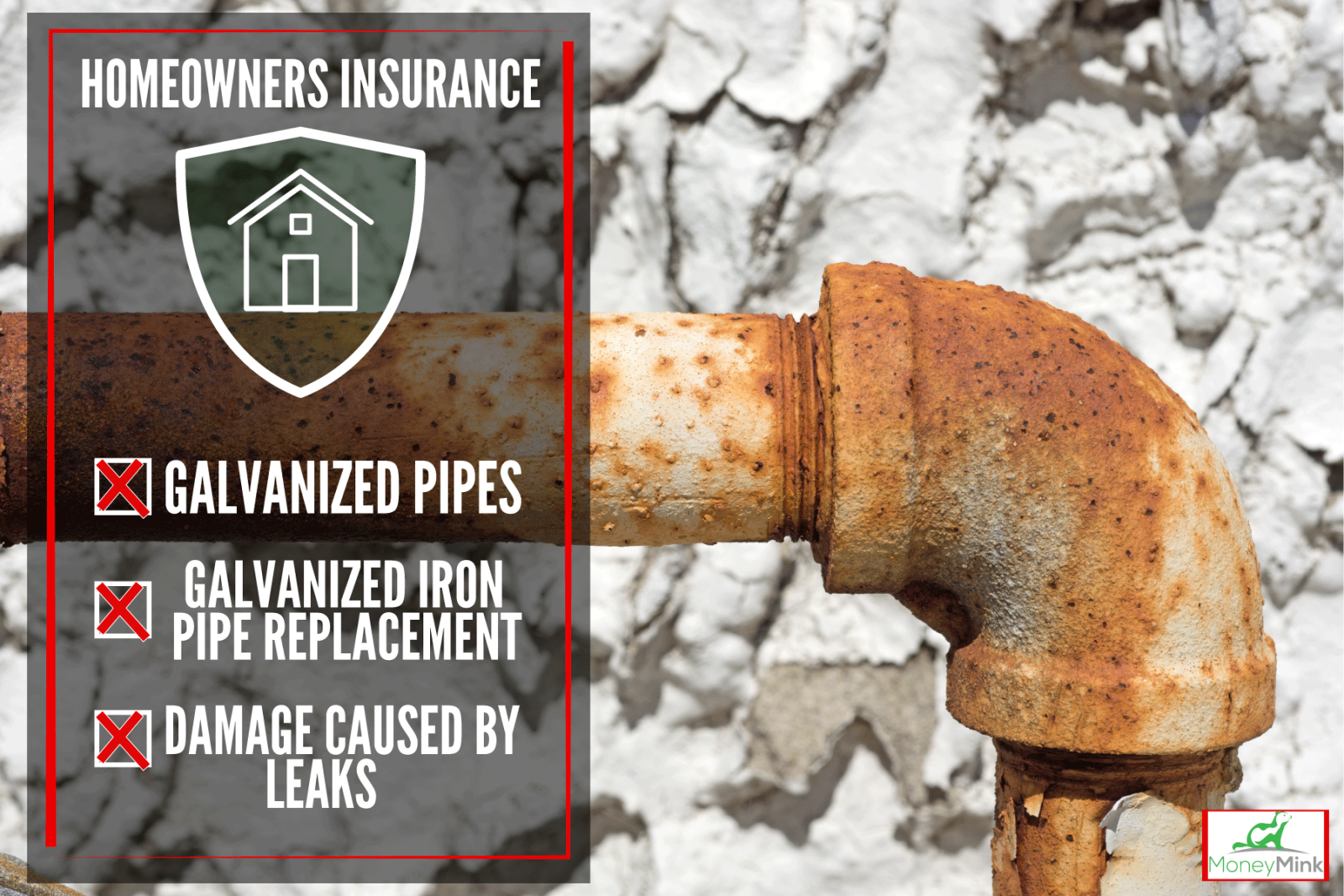
Why your homeowner's policy won't cover galvanized pipes
An insurance policy will routinely cover damage from leaky or burst pipes. Water damage inside the home is one of the most common reasons a homeowner will file a claim. Damage from water can be widespread, and the costs can be overwhelming.
If the leaks are from an approved form of piping, this won't be an issue. But galvanized pipes are antiquated and prone to failure over time. A homeowners insurance policy will not typically cover any damages resulting from negligence or maintenance issues. Keeping this type of piping material in your home is considered negligent by most carriers.
Should you have this type of piping in your home, have it carefully and thoroughly inspected. Chances are, it is more than 60 years old and is well past due to be replaced. Once you have replaced it with an approved material, your insurance will cover you in case of a water leak.
How long will galvanized pipe last?
Let's say you've noticed that your home has galvanized pipes. They appear to be in decent shape, but you are curious how much useful life they have left. While there isn't an exact age that these pipes start to fail, we can give you a general idea of when you should start looking to replace them.
Experts maintain that these pipes can last anywhere from 40 to 80 years without any issues. That being said, these haven't been used in the common construction of homes since before the 1960s. So if you notice that you have these pipes in your home, it's a good bet that they are approaching 65 years old.
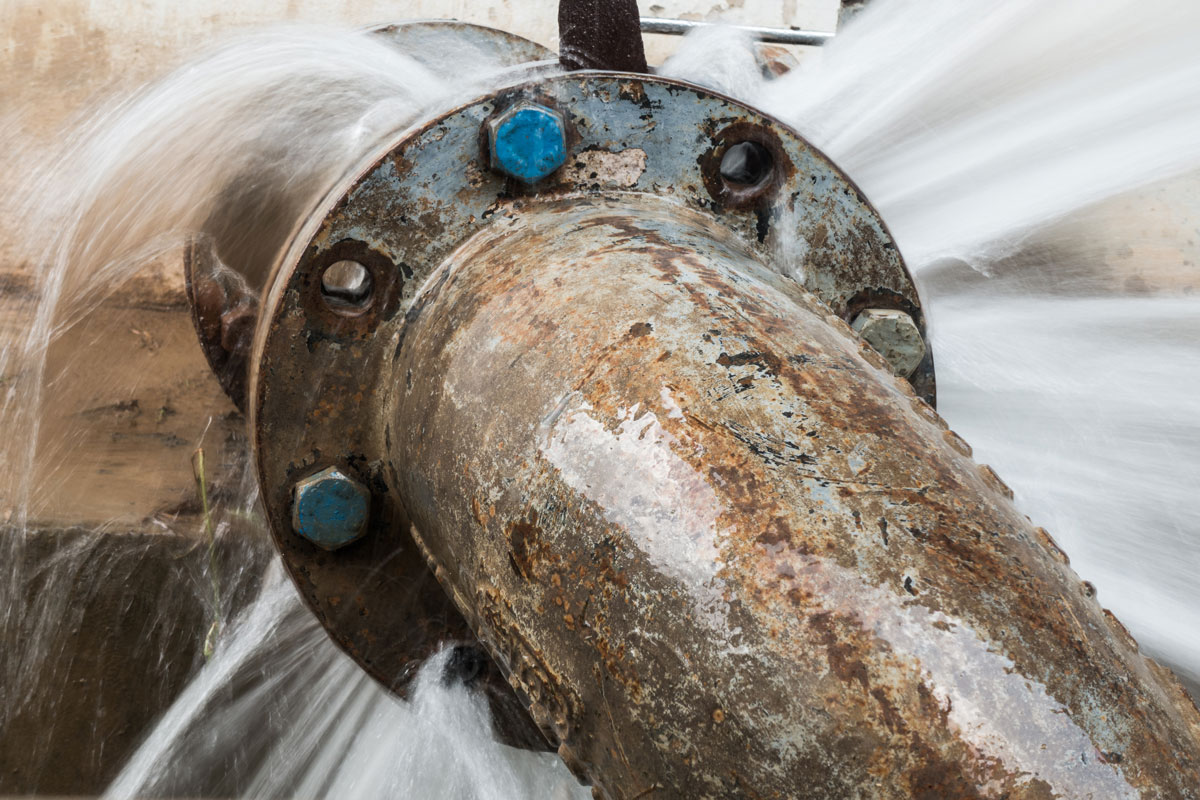
Maybe your galvanized pipes are okay and not showing any signs of wear. We know that a homeowners insurance policy will not typically cover water damage from a leaky galvanized pipe. This begs the question:
Should I replace my galvanized pipes?
If you have any galvanized piping in your home, we strongly urge you to consult with a plumbing professional. Odds are, they will advise a total replacement of these pipes with more modern materials. But if they are deemed to still have some life left in them, it might behoove you to wait on this if your budget is currently tight.
However, replacing the galvanized piping will have to happen at some point in the near future. And if you are looking at buying an older home, have the plumbing inspected to see if this kind of pipe exists in it. You will almost certainly need to budget its removal and replacement soon after you purchase it.
When you replace the galvanized pipes will be based on your personal risk tolerance. Take the professional advice of the plumbers you consult seriously. Prepare to replace the pipes in the near future, if not immediately.
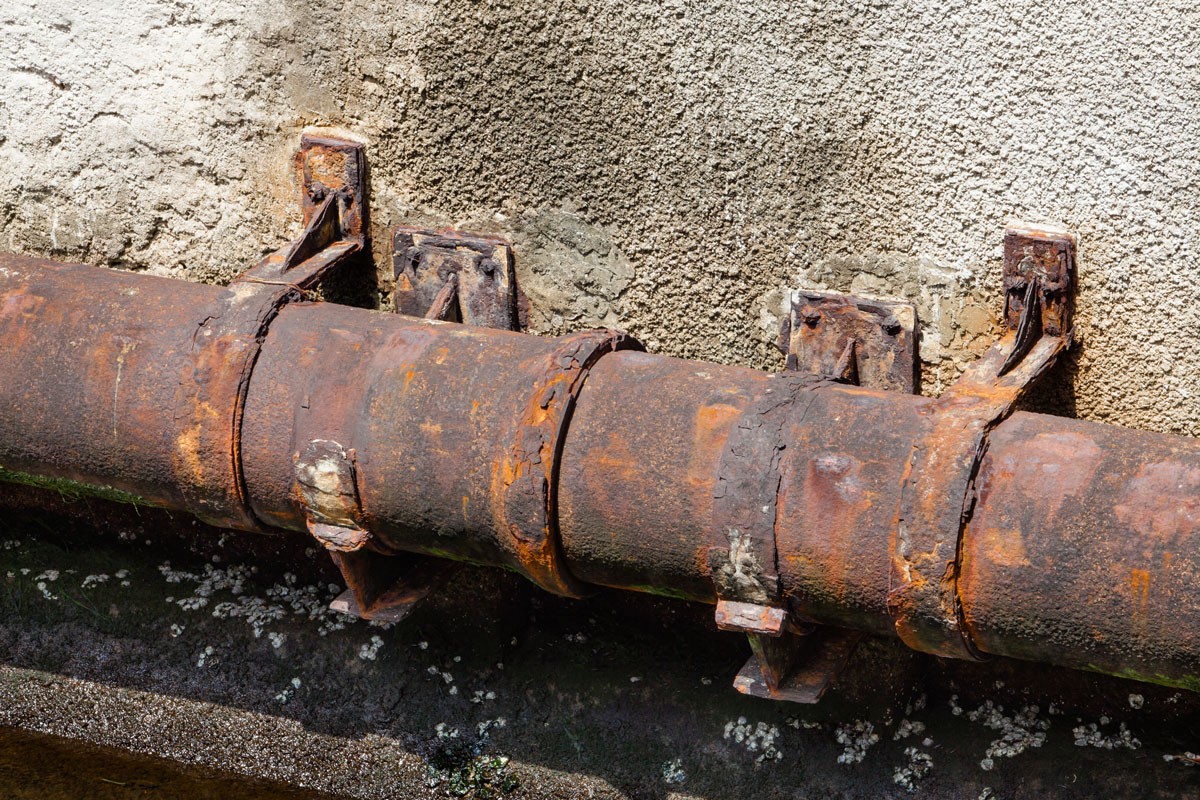
Is it okay to drink water from galvanized pipes?
A galvanized pipe is a steel pipe that has been treated with a zinc coating. This coating acts as a protective layer inside the pipe to prevent corrosion. Over time, the zinc coating begins to wear and fail, flaking off and contaminating the water your family drinks and bathes in.
Zinc does not occur naturally in a pure form. Often, a good deal of lead has been naturally blended into this element. As you are probably already aware, lead is poisonous and poses a significant risk, especially in children.
Drinking water from galvanized pipes creates an unnecessary health risk. The dangers associated with drinking water from this piping material increase significantly as the pipes age. Long before the pipes leak, they may be shedding toxic contaminants into your family's drinking water.
Risks associated with lead poisoning
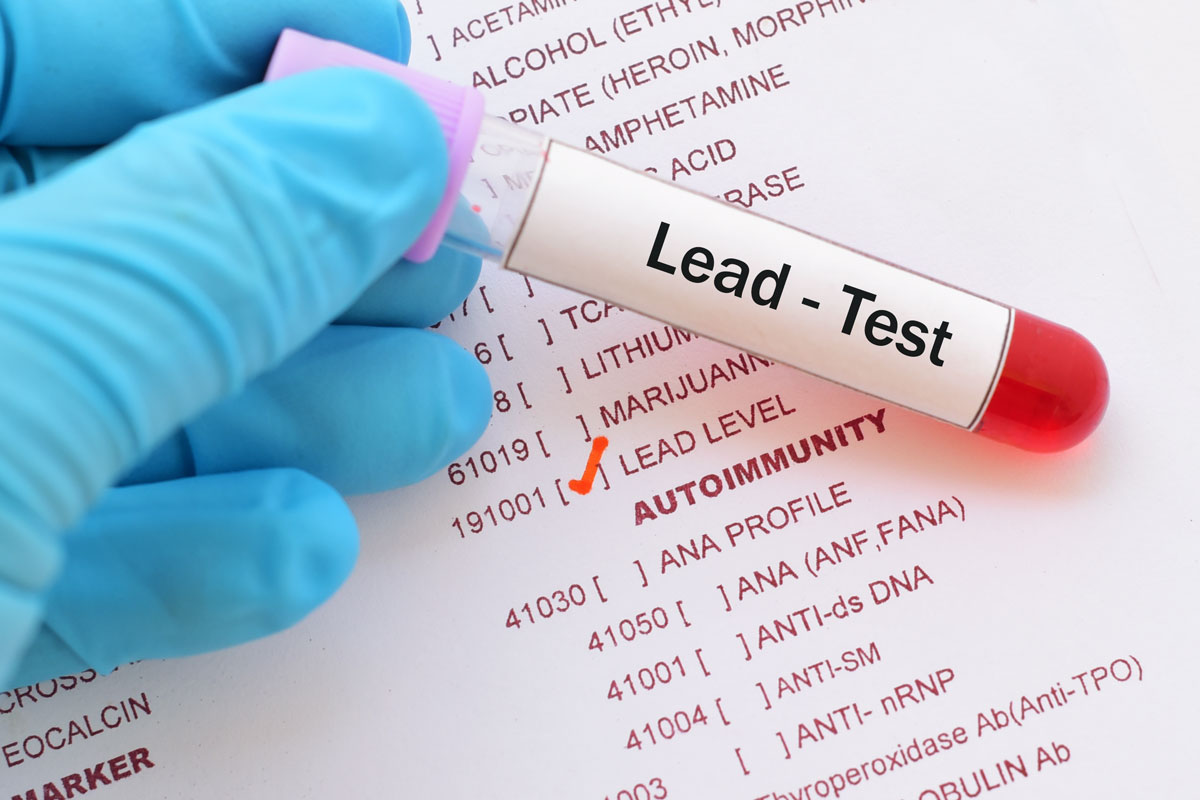
Flu-like symptoms can occur from drinking contaminated water. Lead in your bloodstream can cause muscle cramps, nausea, fever, and chills. The more lead in your drinking water, the more severe these symptoms can persist. If you have galvanized pipes and frequently have these symptoms, consult a physician [and a plumber].
Lead poisoning is also linked to increased blood pressure. If you have higher blood pressure readings than usual lately, then there is a chance that your water is contaminated.
There is also a risk of other diseases due to lead exposure. Prolonged exposure to lead can cause kidney, lung, and bone diseases. Lead exposure should be taken seriously, and professionals should be contacted if you feel you and your family are being exposed.
Aside from potential lead contamination, using galvanized pipes for drinking water also causes the following serious issues:
Low water pressure
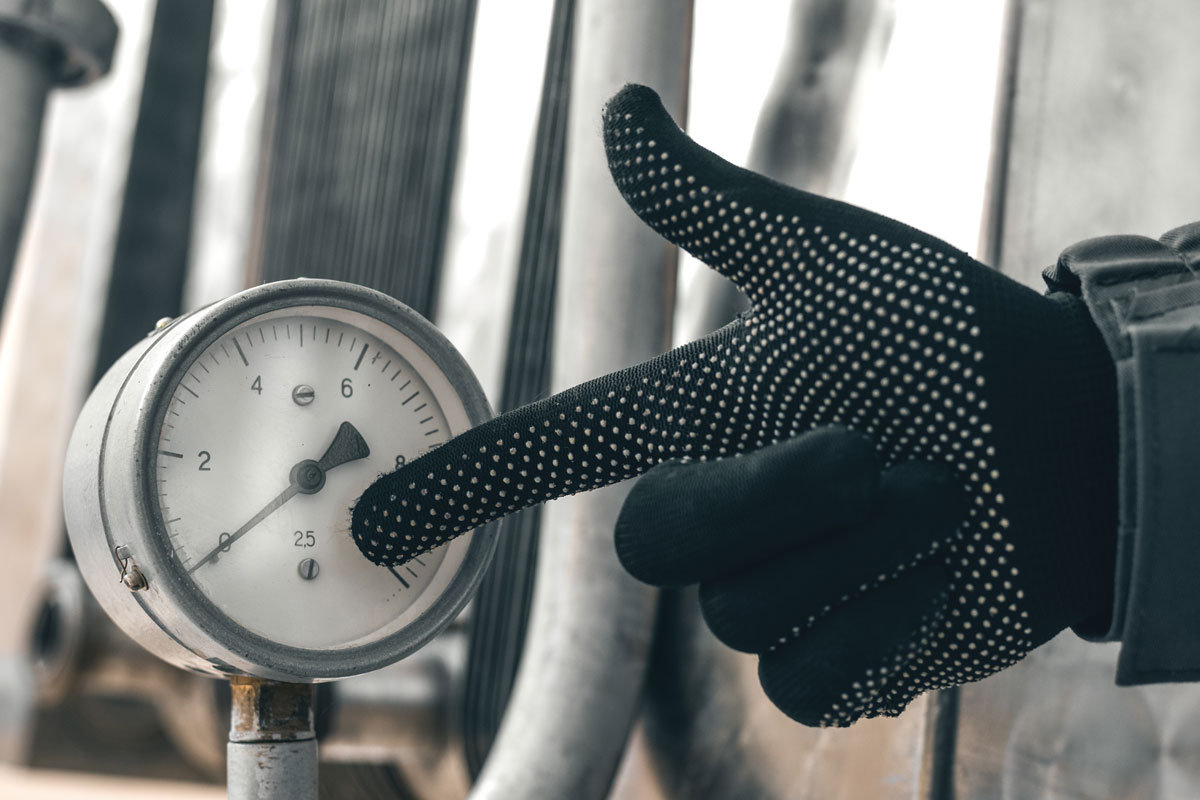
These types of pipes are well known to restrict the water lines coming into your home. When these lines are restricted, you will notice a drop in water pressure. While this can be intermittent, it can also grow into an issue that occurs more and more frequently.
Lower water pressure can make household tasks like dishwashing take much longer. If inadequate pressure exists, filling up your washing machine will take more time. One of the most irritating situations arising from low water pressure is how your shower will perform.
Discolored water
As the layer of zinc begins to shed, the pipe will start to oxidize from the inside. This will create rusty, brown water that flows from your tap. While this doesn't mean it is filled with lead or other toxins, the water is dirty.
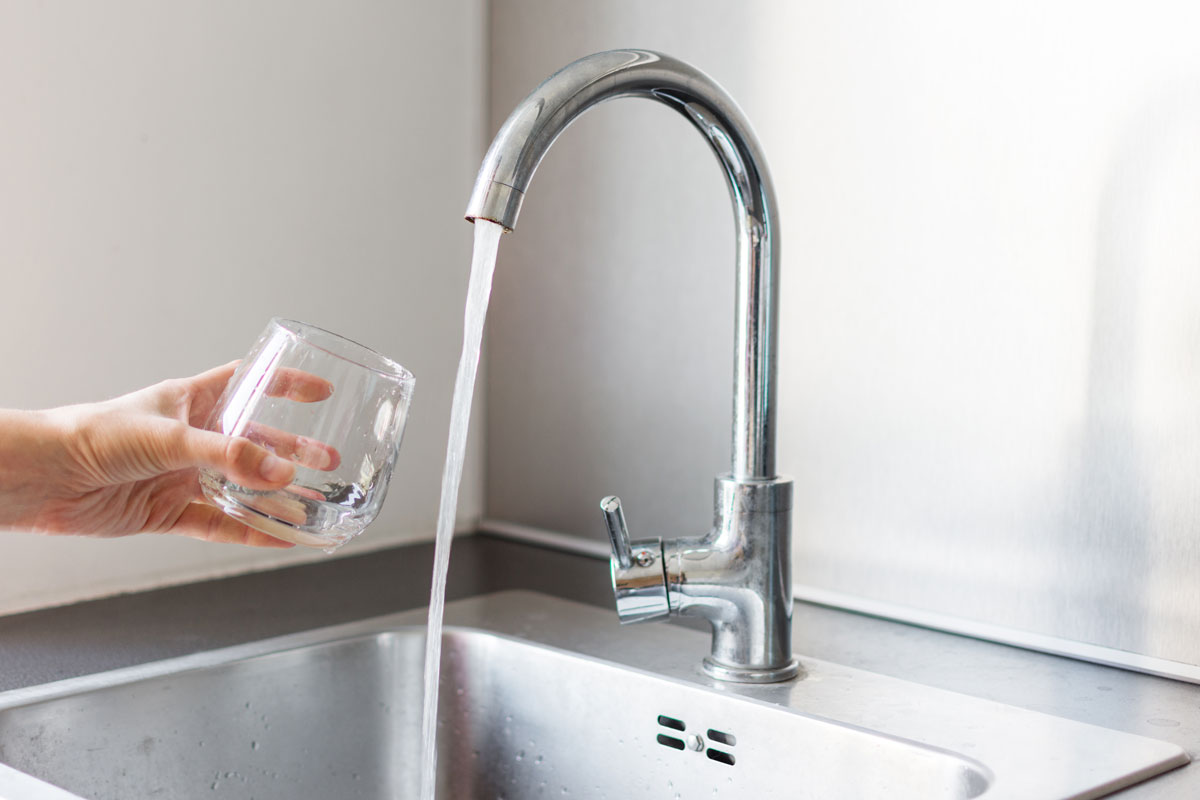
Many homeowners cannot afford to replace all of their old, galvanized pipes at once. For health reasons, those on a limited budget often will opt to replace them in phases, beginning with the most damaged pipes and the pipes that carry drinking water first. The rest are replaced as the pipes wear or as the household budget will allow.
Final thoughts
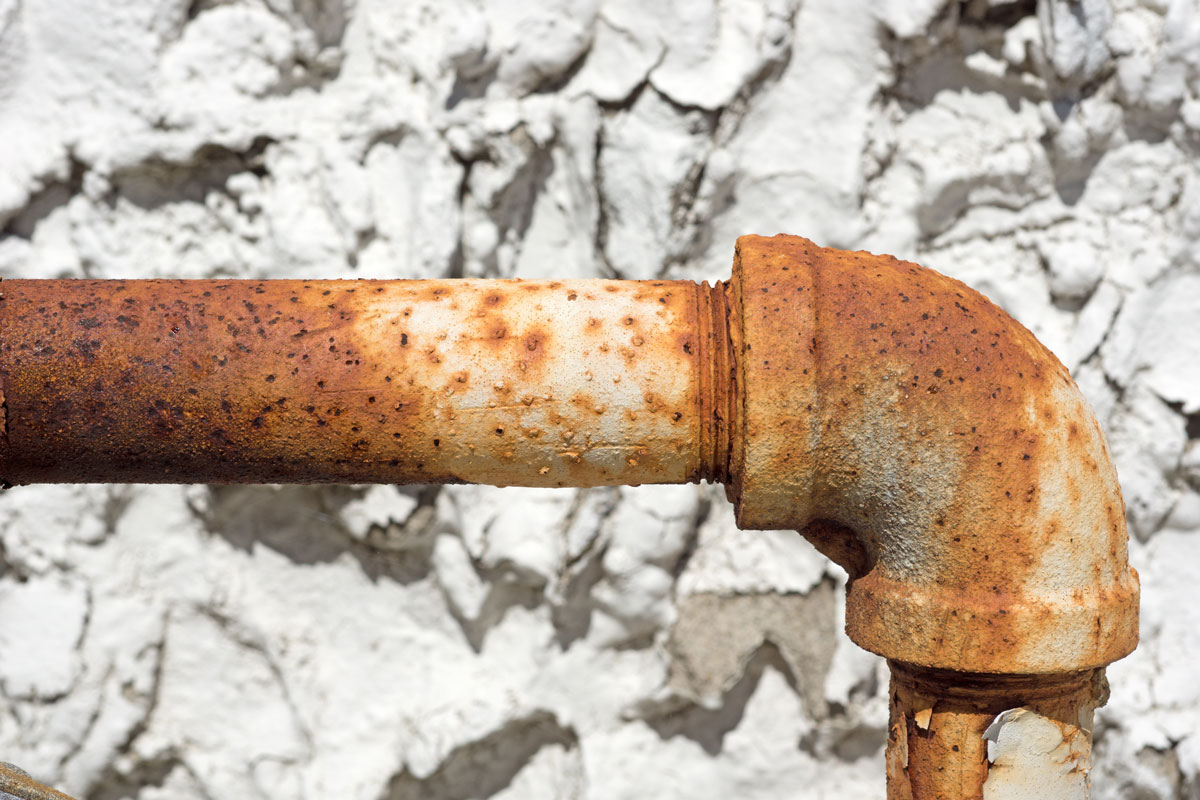
Galvanized pipes are antiquated plumbing pipes that pose a great risk for the homeowner and insurance companies. Replacing these pipes as soon as possible is advised so that you will be able to avoid leaks and expensive damage to your home and its contents. There's a good chance that if your home was built before 1960 and never updated, this piping exists in your plumbing system.
We hope this post on homeowners insurance answered all of your questions. For additional helpful information, we suggest reading the following posts:
Does Homeowners Insurance Cover Construction Defects?

